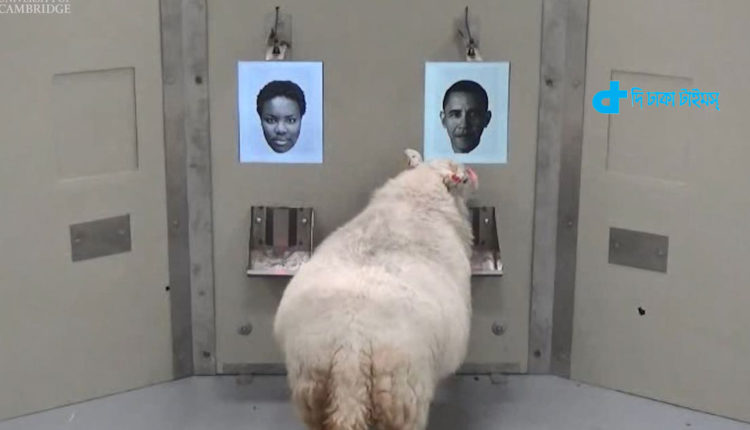The Dhaka Times Desk There is no end to human research on sheep. Now scientists gave a sensational information about sheep. They said, "Sheep can recognize people's faces"!

There is no end to human research on sheep. This time, research on sheep has come out with sensational information. A study found that sheep can recognize familiar faces just like humans.
Cambridge University researchers have claimed that sheep have been able to recognize the faces of several famous people, including Barack Obama.
After training, the trained sheep were able to easily pick out familiar face pictures from among several pictures.
This experiment shows that sheep's brains, like humans, are capable of remembering human faces. A study has shown that a sheep can recognize other sheep. Even their bosses know their faces.
"However, in this study we wanted to see if sheep can recognize people by looking at pictures," said lead researcher Professor Jenny Morton. "We wanted to see if animal brains, like humans, can retain images of two-dimensional objects," he added.
Researchers introduced 8 female sheep to 4 salient personalities from a group of photographs of strangers. If they get it right, they are rewarded with good food.
Different images of them are shown on two computer screens. After the training, the researchers tried to see if the sheep could easily recognize the faces of the people when they were shown them from different angles. By successfully passing the test, the sheep has proven that it can recognize people it has met on sight.
The researchers found that he correctly identified the faces of 4 people who were taught to be among the randomly mixed pictures. Scientists are convinced from this experiment that sheep have the ability to recognize faces like humans and monkeys. Currently, researchers want to see whether sheep have the ability to capture different facial expressions.
The scientists say that this research could have a special role in the future in understanding various neurodegenerative diseases. The results of this study were published in the Journal of the Royal Society.


